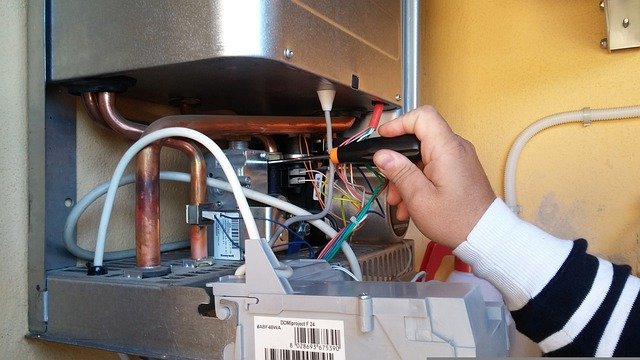Most water heaters will last anywhere from 10 to 12 years. But there are a number of things that you can do to help prolong the life of your water heater and prevent it from breaking down prematurely. In this article, we will teach you the basics of water heater maintenance, so you can keep your water heater running smoothly for years to come!
One of the most important things you can do to prolong the life of your water heater is to flush it out regularly. Over time, sediment can build up in the tank, causing the water heater to work harder and eventually break down. You should aim to flush your water heater once a year to prevent this from happening.
Another way to prevent your water heater from breaking down is to bleed it regularly. Just like with any other type of equipment, water heaters can develop air bubbles over time. These air bubbles can cause the water heater to overheat and break down. To prevent this from happening, you should bleed your water heater once a month by opening the pressure relief valve and allowing the water to flow out until it is clear.
If you follow these simple tips, you can help prolong the life of your water heater and prevent it from breaking down prematurely. However, if your water heater does break down, don’t despair! In most cases, water heater repairs are fairly simple and can be completed by a qualified professional in no time.
The basics of water heater repair
Water heaters are a necessary part of most homes, and when they break, it can be a huge inconvenience. That’s why it’s important to know how to repair them yourself, so you’re not left without hot water for an extended period of time. In this article, we will teach you the basics of water heater repair, so you can get your home back up and running in no time!
The most common reason water heaters break is that they run out of water. If this happens, you may need to refill the tank. Another common issue is that the water heater may not be heating the water properly. This can often be fixed by adjusting the thermostat on the water heater. If neither of these solutions works, it may be necessary to replace the water heater entirely.
In order to repair a water heater, you will need to shut off the power to the unit. Once the power is off, you can access the water heater’s control panel. From here, you can adjust the temperature and test the water flow. If there is a problem with the water flow, you may need to clean or replace the sediment trap. If everything looks good but the water heater is still not working, you may need to replace the heating element or thermostat.
Hopefully, this article has given you a basic understanding of how to repair a water heater. Remember, if you are unsure about what you are doing, it is always best to consult a professional! With a little bit of knowledge and effort, you can fix most water heater issues yourself and save yourself a lot of money and hassle in the process.
